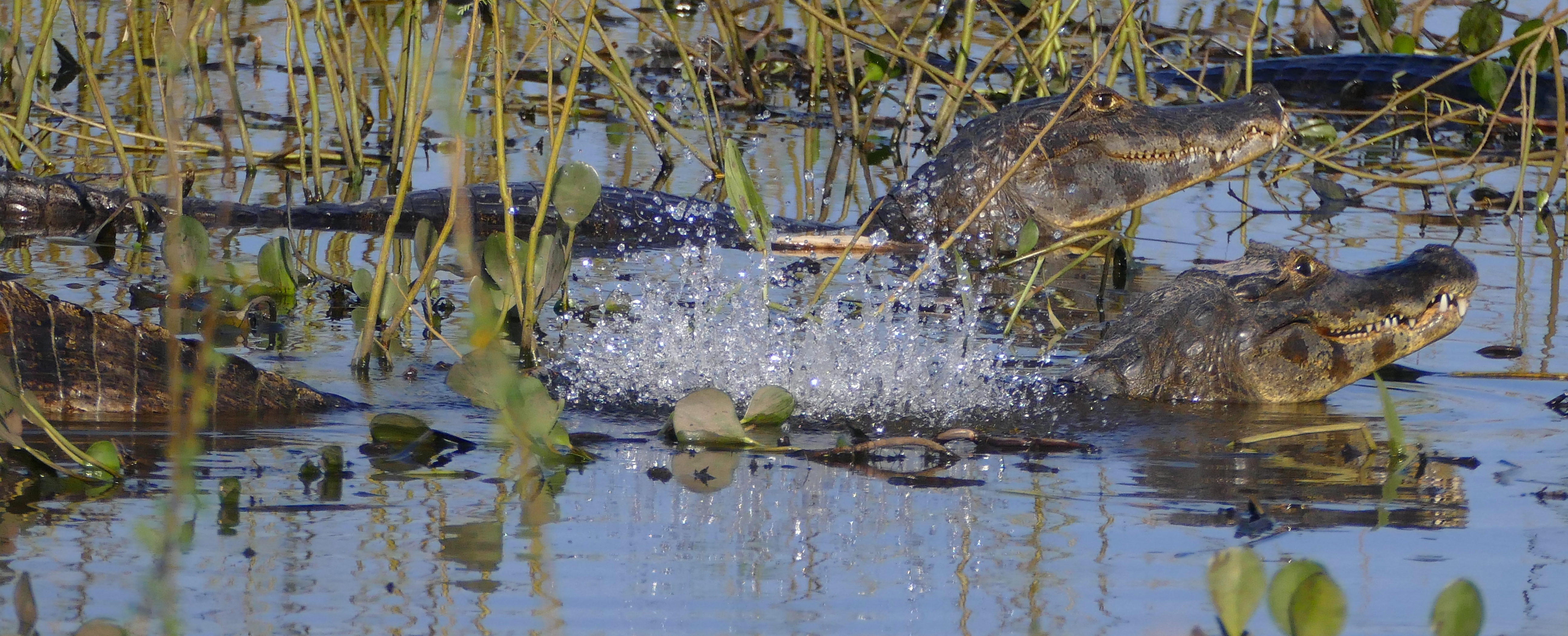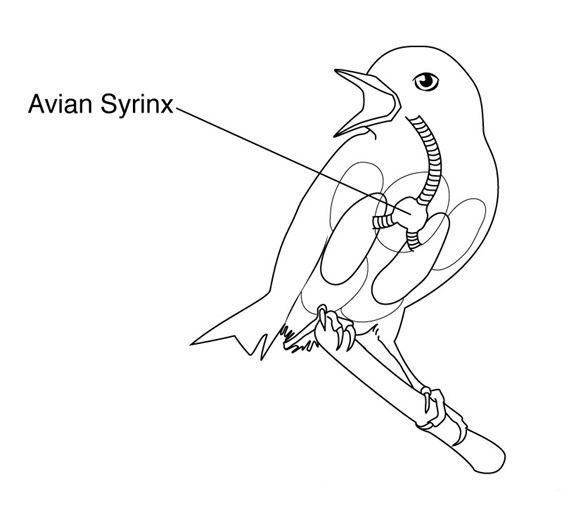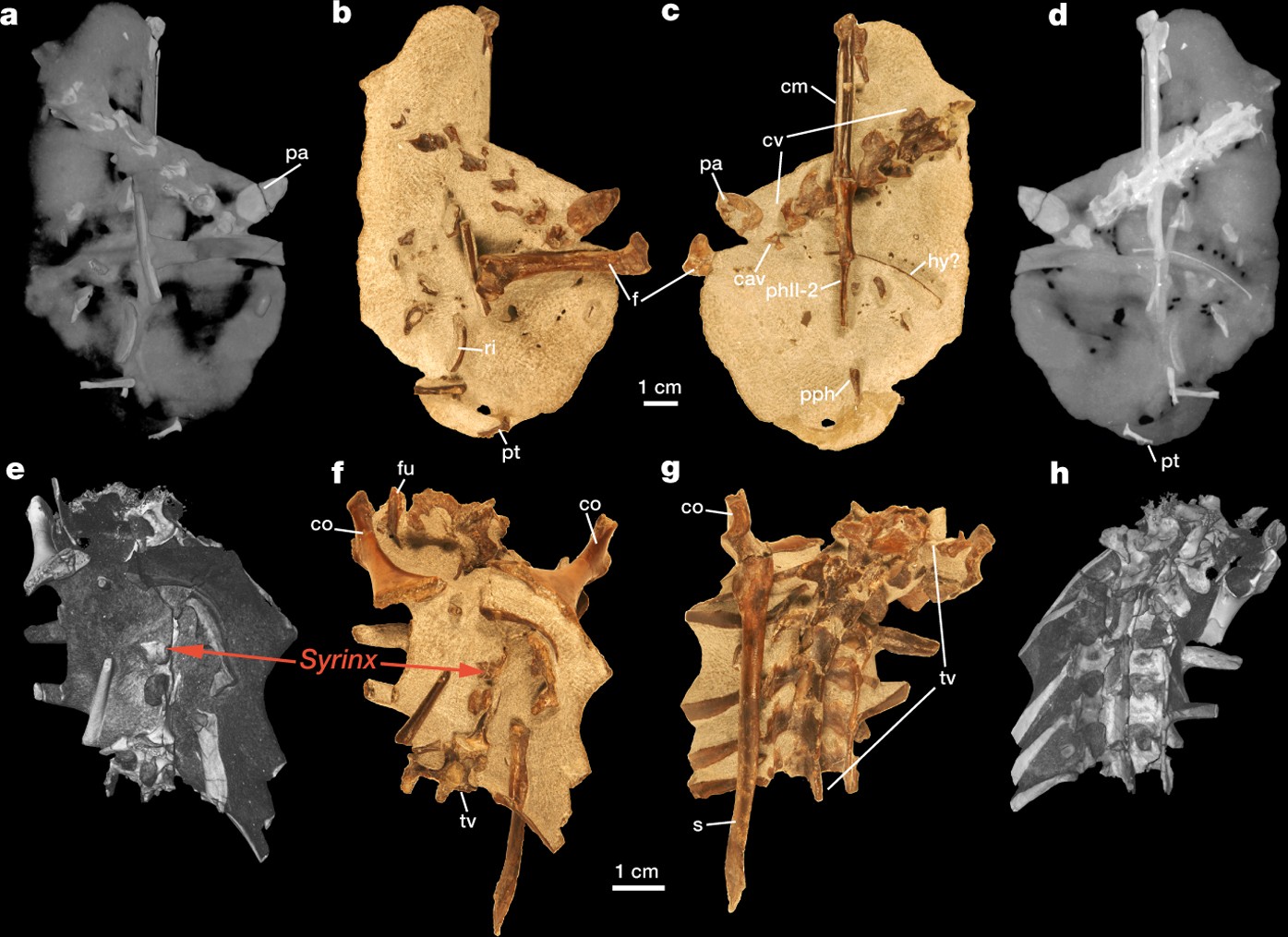The King of the Dinosaurs Did Not Roar!
Imagine coming face to face with a Tyrannosaurus rex. What sound do you think it would make? A huge roar, like the kind you hear in the movies? Truth is, the roar of a T. rex isn’t quite so Hollywood but, it is quite fascinating! Read on!
Dinosaurs we see in movies often have terrifyingly loud roars. In the movie Jurassic Park, sound effect specialists used noises made by real animals, like tigers, lions, koalas, donkeys, dolphins, and elephants. But hold on just a second… dinosaurs weren’t mammals!
Can You Be Scary If You Don’t Roar? Oh yes!
So, how can we know what an animal sounded like when it went extinct 66 million years ago? That’s what American paleontologist and evolutionary biologist Dr. Julia Clarke wanted to know so she pulled together all her dinosaur knowledge—her T. rex knowledge in particular—to try and create the most realistic T. rex sound possible. Since modern-day crocodilians share a common ancestor with the T. rex, it’s a safe guess that the way a T. rex made a sound was similar to the way a crocodilian does today. And how do crocodilians make sounds exactly? With their mouths, sure, but… they actually do it with their mouths closed!
How? Tighten your lips together and hum. Can you feel the vibration this creates? This is probably how a tyrannosaurus growled.

Sounds Human Ears Can’t Hear
Okay, now imagine this “hum” coming from a creature that weighs many, many tons. The bigger animals are, the deeper the sounds they make. An enormous dinosaur would have made a sound that was so deep that our human ears would not have been able to hear it.
But we would have felt it… across every inch of our bodies! When a modern alligator growls with its jaw shut, we can see the water vibrate around it. Now imagine what a T. rex could do, being up to fifteen times bigger than an alligator! Can you imagine how terrifying the vibrations from that growl must have been?
Using her knowledge, researcher Dr. Julia Clark was able to invent a sound that may have been similar to one made by an archosaur, an ancestor of the dinosaurs. She used recordings of a bird called the Eurasian bittern, and the sound of a Chinese crocodile, that both share the same ancestor as the T. rex. Check out this video to hear what she came up with:
Another Clue… from the Birds
Birds are also descendants of the dinosaurs, so this opens up another fascinating possibility. Researcher Dr. Michael Habib Researcher Michael Habib thinks that maybe dinosaurs made sounds with their mouths closed, like crocodiles do, but could ALSO have made sounds with their mouths open, like birds do when they sing.
Humans have what’s known as a larynx. Touch your neck and see if you can feel those little bumps right under your chin. That’s your larynx. It’s like a tunnel for air to travel between your mouth and your lungs. This is where your vocal cords are huddled together. What do vocal cords do? They help you speak!
Instead of vocal cords, birds have a special organ known as the syrinx. This is what they use to make their pretty bird songs. Instead of it being in their neck, their syrinx is buried deep in their chest, right where the trachea splits into two to connect with both lungs. The unique structure of the syrinx, and the fact that it is deep down in the chest, explains why tiny little birds can make such powerful and complex sounds, and sometimes make more than one sound at the same time.

A Fossil that Quacks?
So, did dinosaurs have a syrinx? Hard to know! Just like the human larynx, the syrinx is mostly made of cartilage and soft tissue. These body parts almost never become fossilized.
Yet, sometimes, science gets lucky. Julia Clark found an EXTREMELY rare fossil in Antarctica. A fossil of a syrinx! It belonged to the Vegavis iaai, an ancestor of today’s ducks and geese that lived at the same time the T. rex roamed the Earth. By studying this fossil Julia’s team was able to deduce the sound this bird made. And wouldn’t you know it…? It would have sounded like a duck or a goose!

Hunting Prey in Total Silence
Movies often show tyrannosauruses as hunters that scream as they approach. If you were to ask Julia Clark, she’d tell you that they were probably silent when they hunted. That’s a smart move! Why alert your prey when you’re closing in on them? Being quiet can be a great hunting trick. Their deep calls and whistling sounds probably helped them when they wanted to communicate. They probably used these types of sounds to “talk” to one another, especially those infrasound ones that travel great distances. The elephants and blue whales we know today use infrasound to communicate with each other from very far away. Maybe T. rexes did the same.
These sounds were almost certainly used to defend their territory too. A growl that shakes the ground beneath your feet, wow, that would scare anyone away! Or they might have made these sounds during mating season to attract a partner. Today’s birds and crocodiles use sounds this way.
Sound as a Window Into the Past
Figuring out the sound the T. rex made is more than just fun and games. Sound offers us a useful way to understand how these animals lived. It provides us with clues about their behaviours, from how they communicated and interacted to how they moved around and hunted.
Science may never know for sure what the sound landscape was like back in the Cretaceous but, by studying fossils and descendants of the dinosaurs, science may yet be able to piece together this lost world thanks to all these small clues.
Want to create your own T. rex sound and see the most scientifically accurate reconstruction of this dinosaur king? Come visit our feature exhibition, T. rex: The Ultimate Predator! And come take a bite out of our new IMAX® film too, with a combo ticket to see T.REX 3D!
Text by Aline Zimmermann Maya Simoes with help from Gabrielle Anctil
Science editor Philippe Roberge
